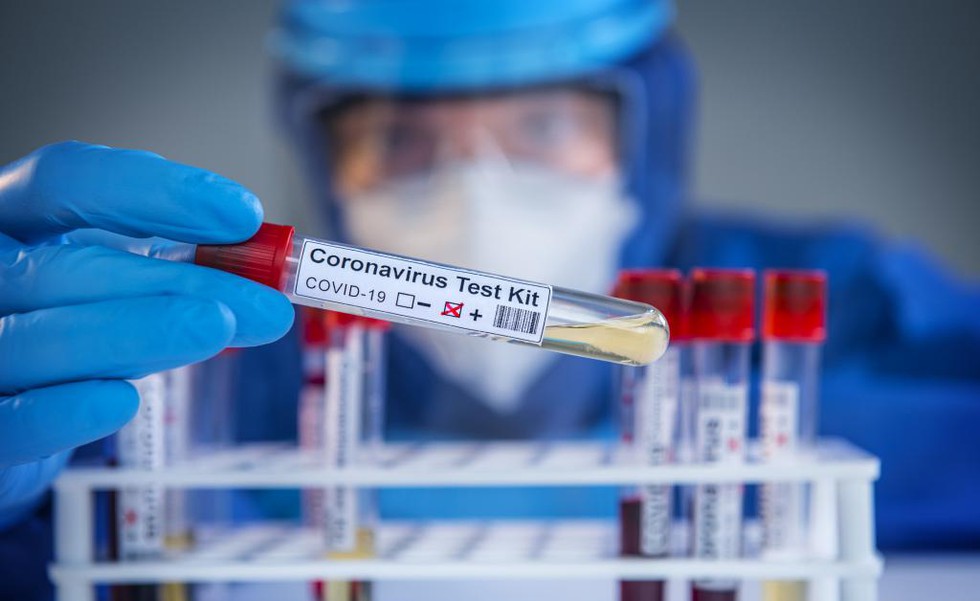About CoViNet:
- It is a network of global laboratories with expertise in human, animal and environmental coronavirus surveillance. It will identify and monitor potentially novel coronaviruses that could emerge shortly.
- The network will now have animal health and environmental surveillance and timely risk assessment to feed WHO policies and protective measures.
- In low- and middle-income countries, CoViNet will support the building of more laboratories to monitor MERS-CoV and novel coronaviruses of public health importance.
- Data generated through CoViNet's efforts will guide the work of WHO's Technical Advisory Groups on Viral Evolution (TAG-VE) and Vaccine Composition (TAG-CO-VAC).
- It currently comprises 36 laboratories from 21 countries in all six WHO regions. Three Indian laboratories namely; the Council of Scientific and Industrial Research-National Environmental Engineering Research Institute, the Indian Council of Medical Research-National Institute of Virology in Pune, and the Translational Health Science and Technology Institute are part of this network.
Key facts about World Health Organisation (WHO):
- It was established in 1948, is a specialized agency of the United Nations that connects nations, partners and people to promote health.
- The governance structure of the WHO is designed to support the implementation of its mandate and the achievement of its objectives. It includes:
- Membership: It currently has 194 member states.
- World Health Assembly (WHA): The highest decision-making body of WHO and comprises representatives from all member States.
- Secretariat: Responsible for carrying out the policies and programs approved by the WHA.
- Director-General: Director-General heads the WHA and is supported by a senior management team.
- Regional Offices: WHO also has six regional offices: Africa, the Americas, Southeast Asia, Europe, Eastern Mediterranean and Western Pacific.
